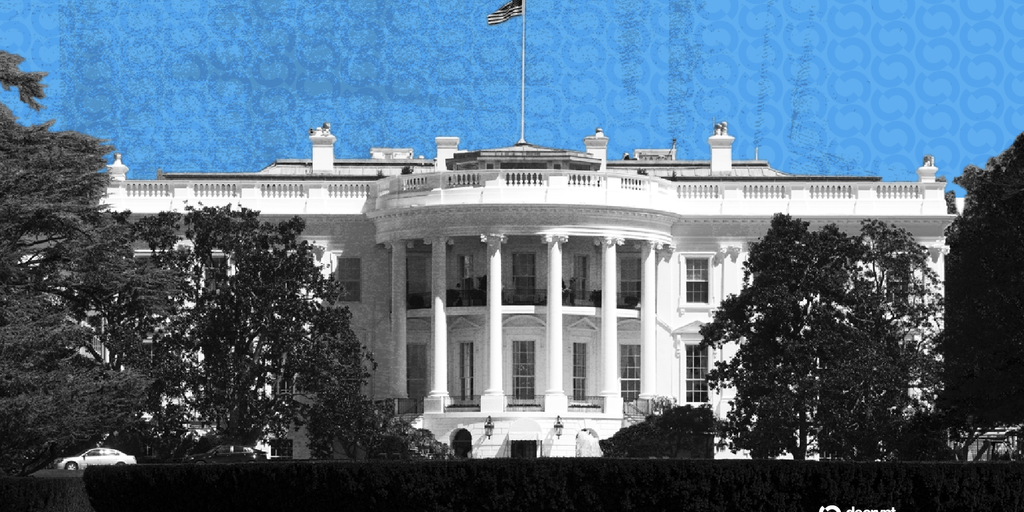How Brands Can Transform Loyalty Programs with Web3
As the world becomes increasingly digital, loyalty programs have become a crucial aspect of a brand’s customer retention strategy. However, traditional loyalty programs often lack engagement and fail to reward customers in a meaningful way. This is where Web3 technology comes in – offering a new era of loyalty programs that are more rewarding, transparent, and rewarding.
What is Web3?
Web3 is the next generation of the internet, built on blockchain technology, smart contracts, and decentralized networks. It enables a new level of transparency, security, and ownership, allowing users to interact with each other and with applications in a more decentralized and autonomous way.
How Can Web3 Transform Loyalty Programs?
Web3 technology can revolutionize loyalty programs by providing a more secure, transparent, and rewarding experience for customers. Here are some ways brands can transform their loyalty programs with Web3:
1. Token-based Rewards
Token-based rewards allow customers to earn and redeem tokens for rewards, such as discounts, exclusive content, or even cryptocurrency. This approach provides a more tangible and measurable way to reward customers, and can be easily integrated with existing loyalty programs.
2. Decentralized Governance
Decentralized governance enables customers to have a say in how the loyalty program is run, through voting on new rewards, rules, and features. This approach fosters a sense of community and ownership, encouraging customers to become more engaged and loyal to the brand.
3. Transparent and Secure Transactions
Web3 technology ensures that transactions are transparent, secure, and immutable, providing customers with a higher level of trust and confidence in the loyalty program. This approach also reduces the risk of fraud and misuse.
4. Personalized Rewards
Web3 technology enables the creation of personalized rewards based on individual customer behavior and preferences. This approach provides a more tailored and rewarding experience for customers, increasing their engagement and loyalty to the brand.
5. Interoperability
Web3 technology enables interoperability between different loyalty programs, allowing customers to earn and redeem rewards across multiple platforms. This approach provides a more seamless and rewarding experience for customers, and can increase brand loyalty and customer retention.
Benefits of Web3 Loyalty Programs
Web3 loyalty programs offer several benefits for brands, including:
1. Increased Customer Engagement
Web3 loyalty programs provide a more engaging and rewarding experience for customers, increasing their loyalty and retention to the brand.
2. Improved Customer Insights
Web3 technology enables the collection of detailed customer data, providing brands with valuable insights into customer behavior and preferences.
3. Reduced Fraud and Misuse
Web3 technology ensures that transactions are transparent, secure, and immutable, reducing the risk of fraud and misuse in loyalty programs.
4. Increased Brand Differentiation
Web3 loyalty programs provide a unique and innovative way for brands to differentiate themselves from competitors, attracting new customers and increasing brand loyalty.
Real-World Examples of Web3 Loyalty Programs
Several brands have already implemented Web3 loyalty programs, including:
1. Polygon Labs
Polygon Labs, a leading Web3 infrastructure provider, has launched a loyalty program that rewards customers with tokens for participating in various activities, such as completing surveys and referring friends.
2. Decentraland
Decentraland, a virtual reality platform, has launched a loyalty program that rewards users with tokens for participating in the platform’s governance and contributing to the development of the platform.
Conclusion
Web3 technology has the potential to transform loyalty programs, providing a more secure, transparent, and rewarding experience for customers. By leveraging token-based rewards, decentralized governance, transparent and secure transactions, personalized rewards, and interoperability, brands can create loyalty programs that are more engaging, rewarding, and innovative. As the world becomes increasingly digital, Web3 loyalty programs are poised to become a key aspect of a brand’s customer retention strategy.
FAQs
Q: What is the difference between Web3 and traditional loyalty programs?
A: Traditional loyalty programs are often centralized, relying on a single entity to manage and govern the program. Web3 loyalty programs, on the other hand, are decentralized, using blockchain technology and smart contracts to manage and govern the program.
Q: How do Web3 loyalty programs ensure transparency and security?
A: Web3 loyalty programs ensure transparency and security through the use of blockchain technology, which provides an immutable and transparent record of transactions. Smart contracts also ensure that rules and rewards are enforced in a fair and transparent manner.
Q: Can Web3 loyalty programs be integrated with existing loyalty programs?
A: Yes, Web3 loyalty programs can be integrated with existing loyalty programs, allowing brands to seamlessly transition to a new and innovative loyalty program.
Q: How do Web3 loyalty programs benefit customers?
A: Web3 loyalty programs provide customers with a more engaging and rewarding experience, allowing them to earn and redeem rewards in a more transparent and secure manner. Web3 loyalty programs also provide customers with a sense of ownership and control over the loyalty program, through decentralized governance and voting mechanisms.
Q: What are the benefits of Web3 loyalty programs for brands?
A: Web3 loyalty programs provide brands with a unique and innovative way to differentiate themselves from competitors, increase customer engagement and loyalty, and reduce fraud and misuse. Web3 loyalty programs also provide brands with valuable insights into customer behavior and preferences, allowing them to make data-driven decisions.



